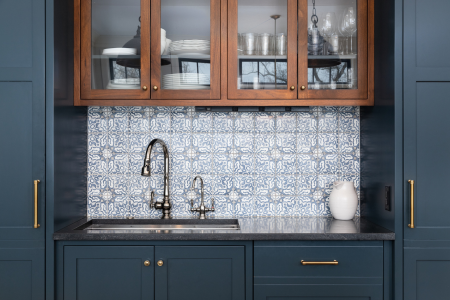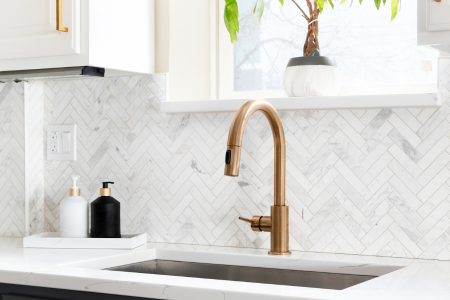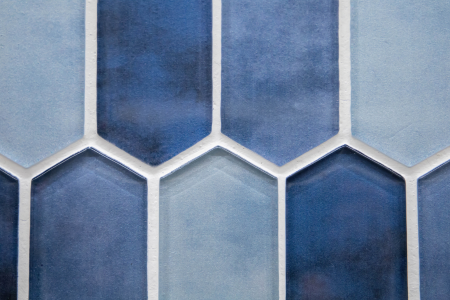It is no surprise when two houses in the same neighborhood command rent at different prices. While they are often within the same range, one landlord can ask for up to $300 more per month, depending on what upgrades they have installed in their homes. It is one of the reasons real estate experts recommend regular repairs and frequent renovations to maximize your earning potential and stay ahead of the competition. Even seemingly small upgrades can improve your ROI, attracting more tenants and allowing you to charge more for your property. So, how about a backsplash? Will it add any value to your rental home? Let us find out.
Factors to Consider when Choosing a Backsplash
Durability
Get the most out of your backsplash by opting for durable materials. In high-traffic areas like the kitchen, it would be best to go for materials that are highly resistant to scratches, stains, and water. After all, the last thing you want is to end up with a permanent brown blob on the wall after an accident or too many fingerprint smudges.
Ease of Maintenance
Choose a material that is easy to clean with regular cleaning products. You will get a lot more out of your choice if you opt for something that is easy to clean and does not require special cleaning serums or regiments to maintain. After all, your renters will wind up handling most of the maintenance, and if it is too complicated, over time your backsplash will lose its luster.
Neutral Colors
Keep your backsplash aesthetic flexible by opting for neutral colors. A sharp red or bright green would easily contrast and limit your tenants’ options when they try to decorate. As a result, many interior designers recommend choosing colors that blend seamlessly with others and do not clash with the rest of the kitchen’s design.
Backsplash Height
Consider how high you want your backsplash to be. While some landlords prefer only a hint of tile that extends above the sink, others opt for ceiling-to-counter options, which inevitably require more material and are costlier in the long run. However, with the latter option, the tile acts as the focal point of the room, creating an accent wall that can enhance the aesthetics of your kitchen.
Cost of Materials and Installation vs. Potential ROI
Before embarking on any renovation, landlords need to know whether it is a worthwhile investment in the long run, and the easiest way is to assess its ROI. In other words, you have to compare the cost of materials and installation against how much income the update can yield. Here is a brief overview of that balance when considering a backsplash:
Material Costs
Stainless steel and glass backsplashes are gaining some popularity in the design game for their aesthetic appeal. However, there are inexpensive kitchen updates to choose from since budget can be a concern for some landlords. Porcelain and ceramic are far more affordable, often costing less than $6 per square foot for the material. They are also classic options because they are easy to maintain and have durability. However, for property owners with a bit more to spare, stone like marble or granite offers a high-end upgrade without costing as much as glass or steel.
Installation Costs
Labor charges can vary based on the material you are using and who is doing the installation. If you have some background in tiling work, this could be an interesting DIY project for you. However, you are more likely to get much better results when you hire a professional, especially if you are doing large-scale tiling or incorporating complex designs.
Potential ROI
A rental kitchen is one of the easiest places to rack up ROI. Considering how much time we spend in this space cooking meals, eating with family, and hanging out with friends, it makes sense that the more attractive your kitchen is, the more you can charge for rent. A high-quality backsplash that prevents wall stains and enhances your home’s aesthetics is bound to attract more renters.
Conclusion
We started this article with a simple question, “will a backsplash add value to your rental home?” To put it simply, yes.



